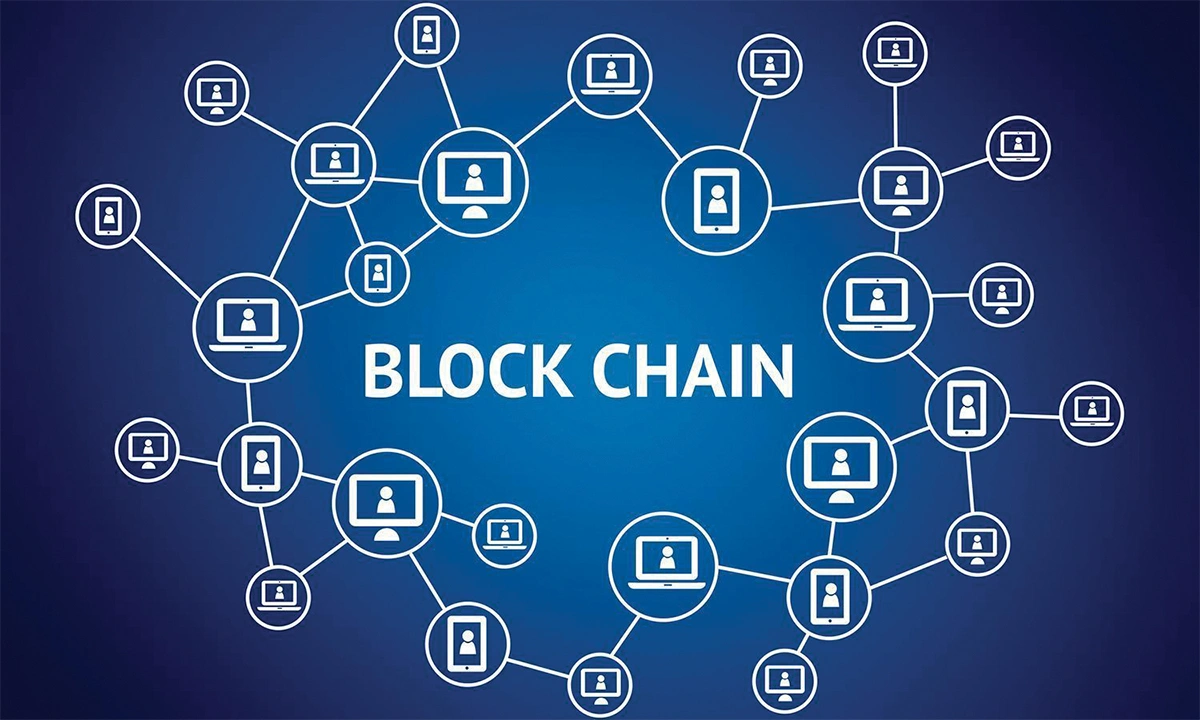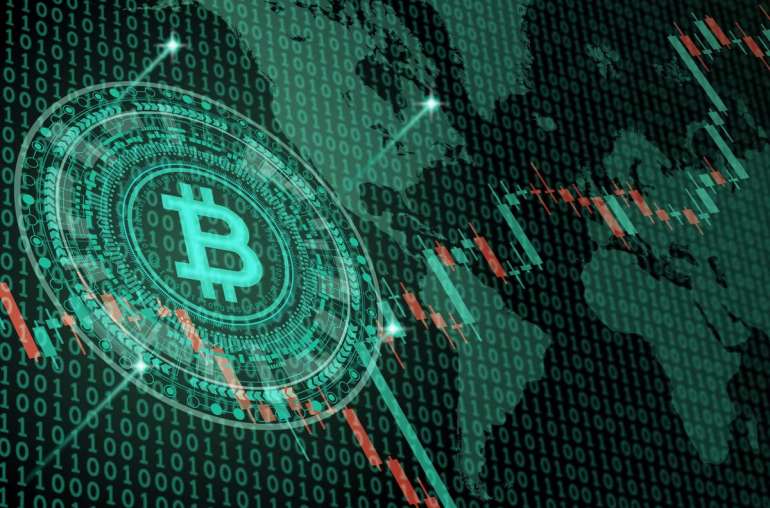Achieving the Sustainable Development Goals (SDGs) by 2030 is a daunting task. But with the help of blockchain technology, it may be more achievable than we think. Blockchain technology can help us track and manage resources more effectively, and ensure that everyone has access to essential services like healthcare and education. In this blog post, we will discuss how blockchain technology can help us achieve the SDGs, and some of the challenges that still need to be overcome.
It’s time to embrace blockchain technology.
The United Nations Sustainable Development Goals (SDGs) are a set of 17 goals that were adopted by all UN Member States in 2015. The goals cover a wide range of social and environmental issues, from poverty and hunger to climate change and gender equality. Achieving these goals by 2030 will require a concerted effort from all sectors of society.
Fortunately, blockchain technology can help us achieve the SDGs in a number of ways. For example, blockchain can help us track and manage resources more effectively. It can also help us ensure that everyone has access to essential services like healthcare and education. In this blog post, we will discuss how blockchain technology can help us achieve the SDGs, and some of the challenges that still need to be overcome.
One of the biggest advantages of blockchain technology is its ability to track and manage resources more effectively. For example, we can use blockchain to track the flow of money and goods around the world. This would help us to identify areas where there are bottlenecks or where resources are being wasted. Blockchain can also be used to track the progress of projects and programmes, and to monitor compliance with regulations.
Another big advantage of blockchain is that it can help to ensure that everyone has access to essential services like healthcare and education. For example, we can use blockchain to create a decentralized identity system that would give everyone a unique digital identity. This would help to ensure that everyone has access to the services they need, and it would also help to prevent fraud and corruption.
There are still some challenges that need to be overcome before blockchain can be fully implemented. For example, we need to develop better standards for data storage and security.
Conclusion
Blockchain technology has the potential to help us achieve the Sustainable Development Goals. However, there are still some challenges that need to be overcome before blockchain can be fully implemented. We need to continue to develop better standards for data storage and security, and we also need to raise awareness of the potential of blockchain technology among policy-makers and the general public.


